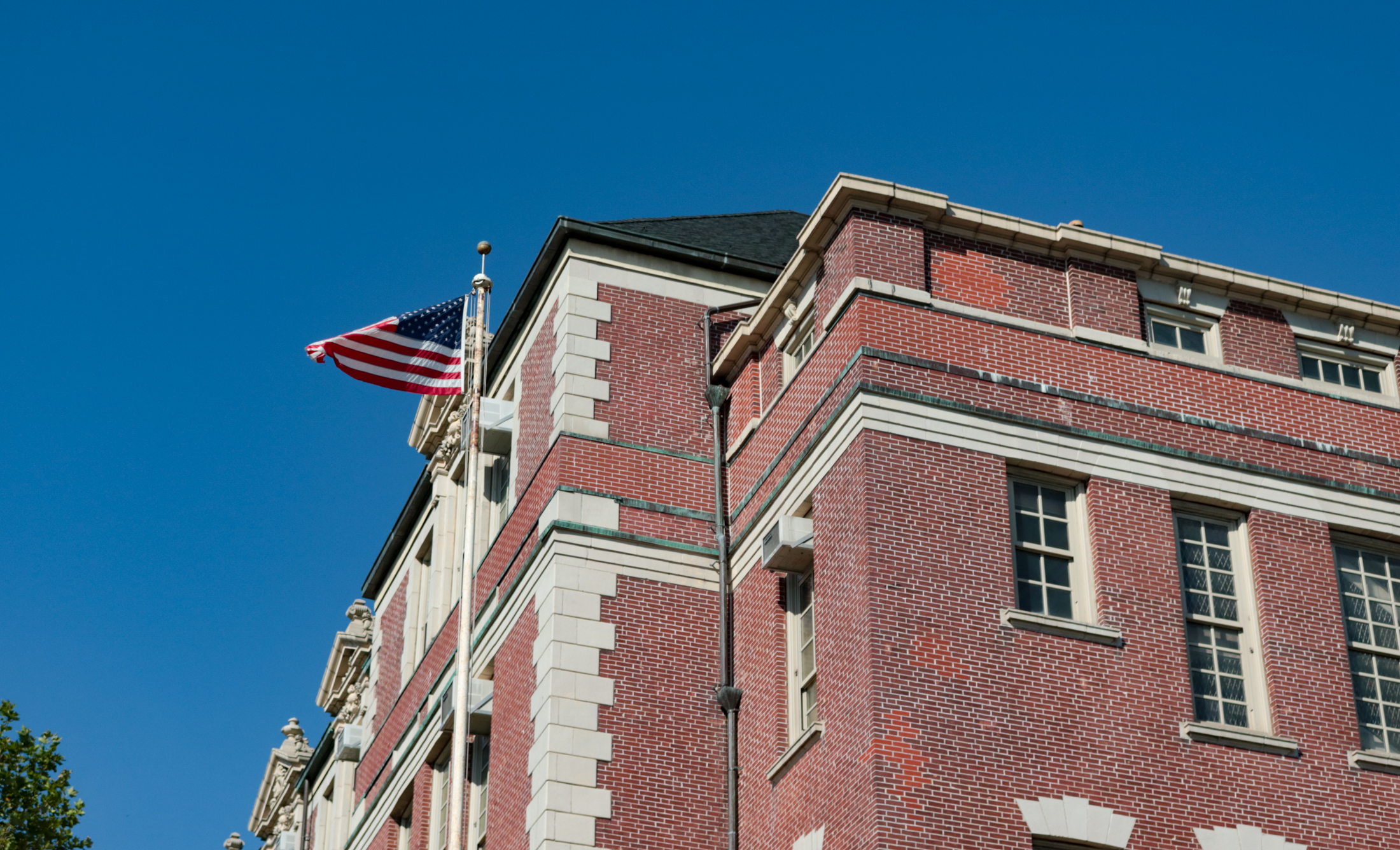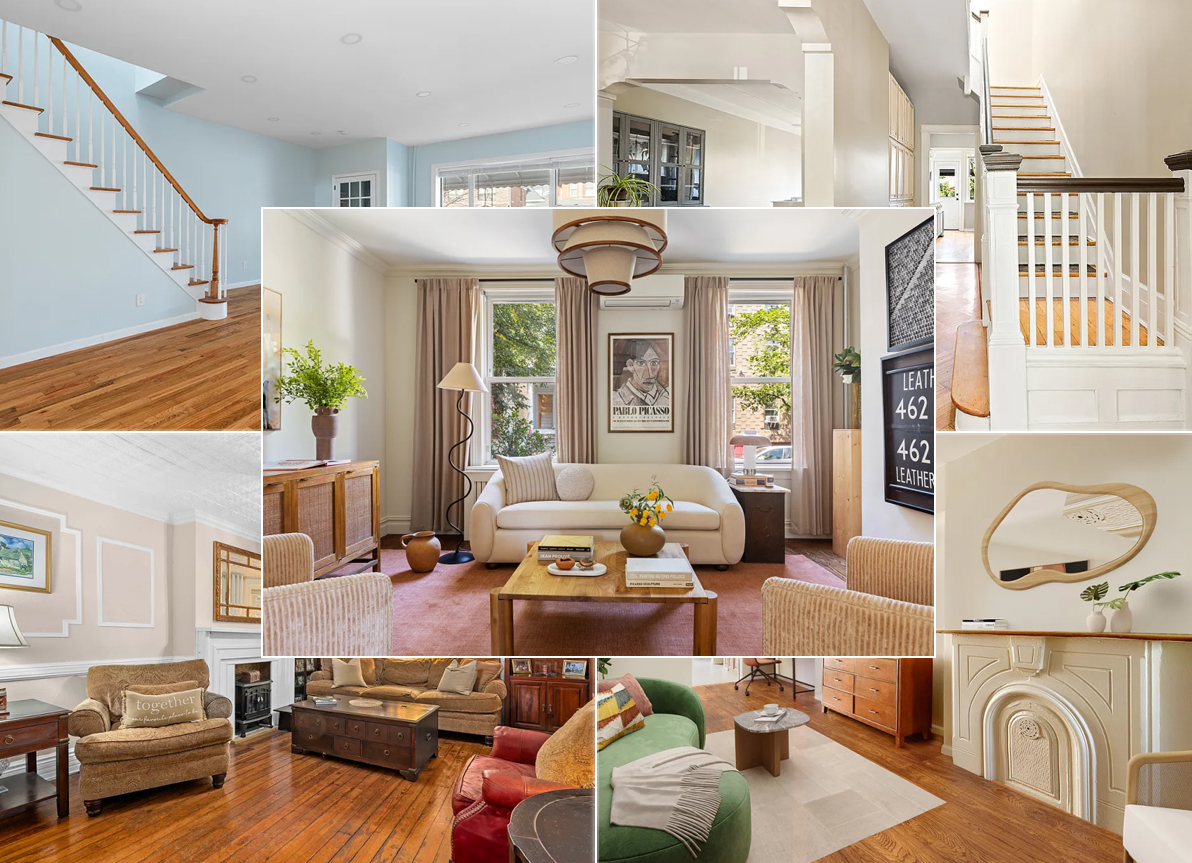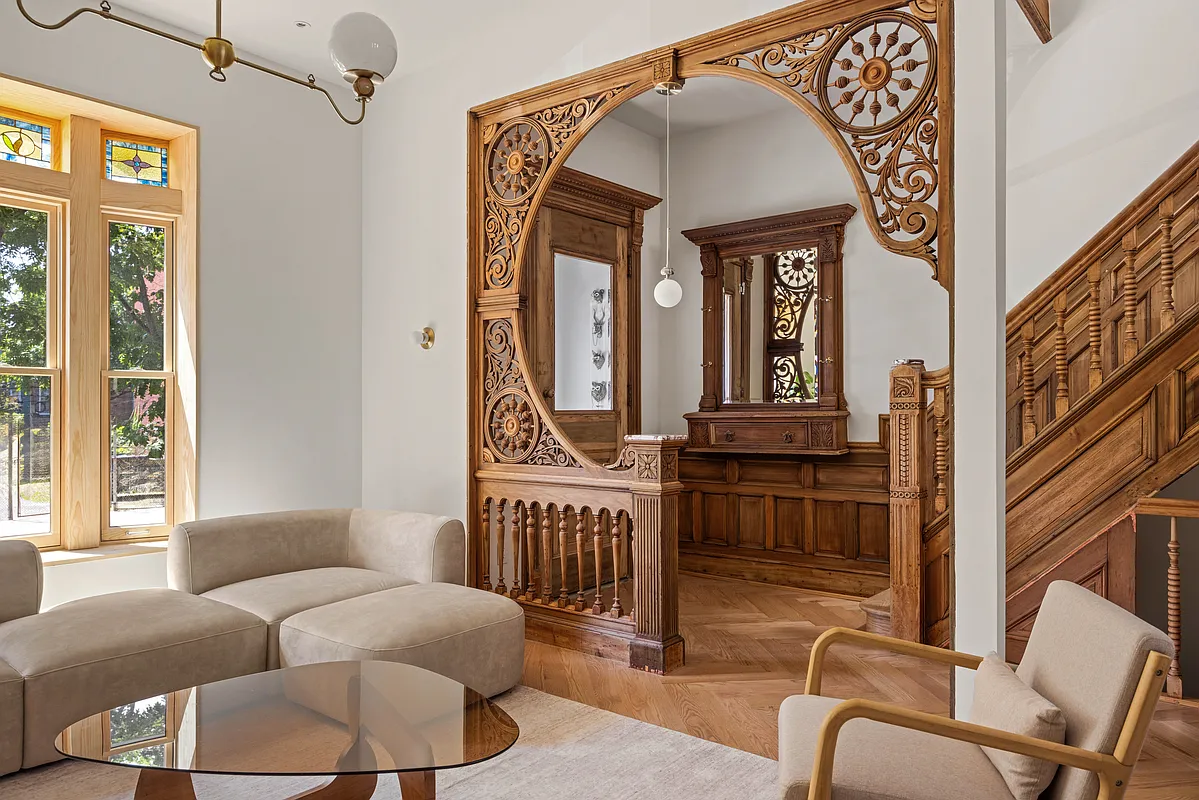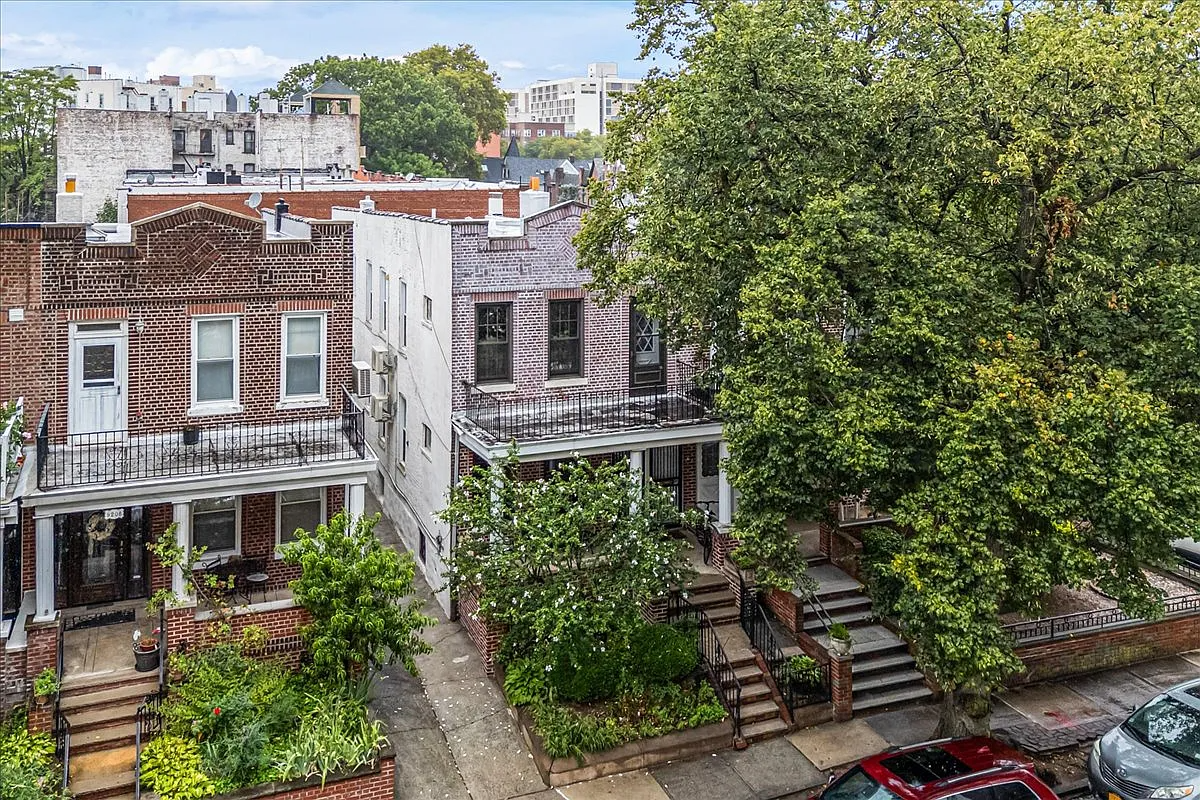Inside Third & Bond: Week 63
[nggallery id=”26282″ template=galleryview] This week, the Hudson bloggers get into the nitty-gritty of foundation work and the pouring of concrete. We’d like to thank the President-elect for offering us a position in his cabinet, but respectfully decline. It simply would not be possible to maintain close watch over Third + Bond while running the nation,…
[nggallery id=”26282″ template=galleryview]
This week, the Hudson bloggers get into the nitty-gritty of foundation work and the pouring of concrete.
We’d like to thank the President-elect for offering us a position in his cabinet, but respectfully decline. It simply would not be possible to maintain close watch over Third + Bond while running the nation, or really the world, from Washington, D.C. Besides, the vetting process would be far too brutal. (You got how many Stop Work Orders, Nominee?!)
And with the rapidly accelerating construction at Third + Bond, a close watch is needed. As seen in the photograph above, we are setting up formwork to begin pouring concrete for grade beams—the base of the foundation. We are backfilling between the grade beams with gravel, as noted in Week 61, as insurance against groundwater issues. Another design intervention is the use of ejector pumps, the formwork for the ejector pits can be seen coming together in the picture below. The purpose of the ejector pumps is to pump out any water that gets too close to the foundation. We absolutely will not put up with damp living spaces and are willing to pay more now even if it turns out later that the ejectors are never activated. (Is it true, Nominee, that you spent additional funds on the foundation beyond that which was originally budgeted?!)
Those of you familiar with the pouring of concrete might be surprised that our formwork for the grade beams is a steel lattice rather than the more commonplace plywood (as seen for the ejector pit)….
…The reason we are using steel formwork instead of plywood for the grade beams is that we plan to leave the formwork in place and this formwork will provide better stability over time. Plywood is usually removed and if it isn’t, then will eventually disintegrate. We also want to use the steel lattice because it will allow the concrete to bond with the adjacent gravel, which solid plywood would not allow. (Nominee, we salute your support of steel industries but wouldn’t reusable plywood offer greater job security to more laborers?)
As illustrated above, we are starting with the foundations for two of the buildings in the center of the site. We’ve always planned a sequence that would go building-by-building rather than the entire site floor-by-floor. We decided to start in the middle because that allowed us to get a jump on foundations while we’re finishing the underpinning at either end of the site, and before the really cold weather sets in. (Do you expect us to believe, Nominee, that you intended to start at the center of the site and be working on two ends simultaneously?!)
Speaking of cold weather, it was about 30-degrees when we visited the site today and that brought to mind the effect of cold on concrete. When concrete cures, excess water evaporates and heat is given off. It’s part of the concrete’s transformation from slushy stuff to hard and strong. When it is cold (defined by the American Concrete Institute Code of 3 successive days with an average daily air temperature below 40-degrees F and that stays below 50-degrees F for more than ½ of any 24 hour period), the transformation is slowed. If the concrete hasn’t attained a minimum strength, it might not be able to resist freezing temperatures. That could mean the concrete doesn’t meet its final strength requirement, that it cracks, or a number of other problems. There are a couple of ways to combat this issue such as admixtures (compounds added to the concrete mix) or laying down insulation like blankets. If it’s cold when we pour after finishing the formwork and the rebar then we’ll plan accordingly. (Your pragmatism is promising, Nominee. It reminds us of the President-elect.)
And so, work continues apace at the site and we remain in awe of those who are willing to turn themselves inside out to be vetted in so public and vicious an arena as American politics. To us, the blogosphere is challenge enough!
Inside Third & Bond: Weeks 1-60 [Brownstoner]
From our lawyers: This is not an offering. No offering can be made until an offering plan is filed with the Department of Law of the State of New York.”





glad to see the foundation going in. interesting — I had never seen the steel lattice used in this way. Looking forward to next week’s posting.